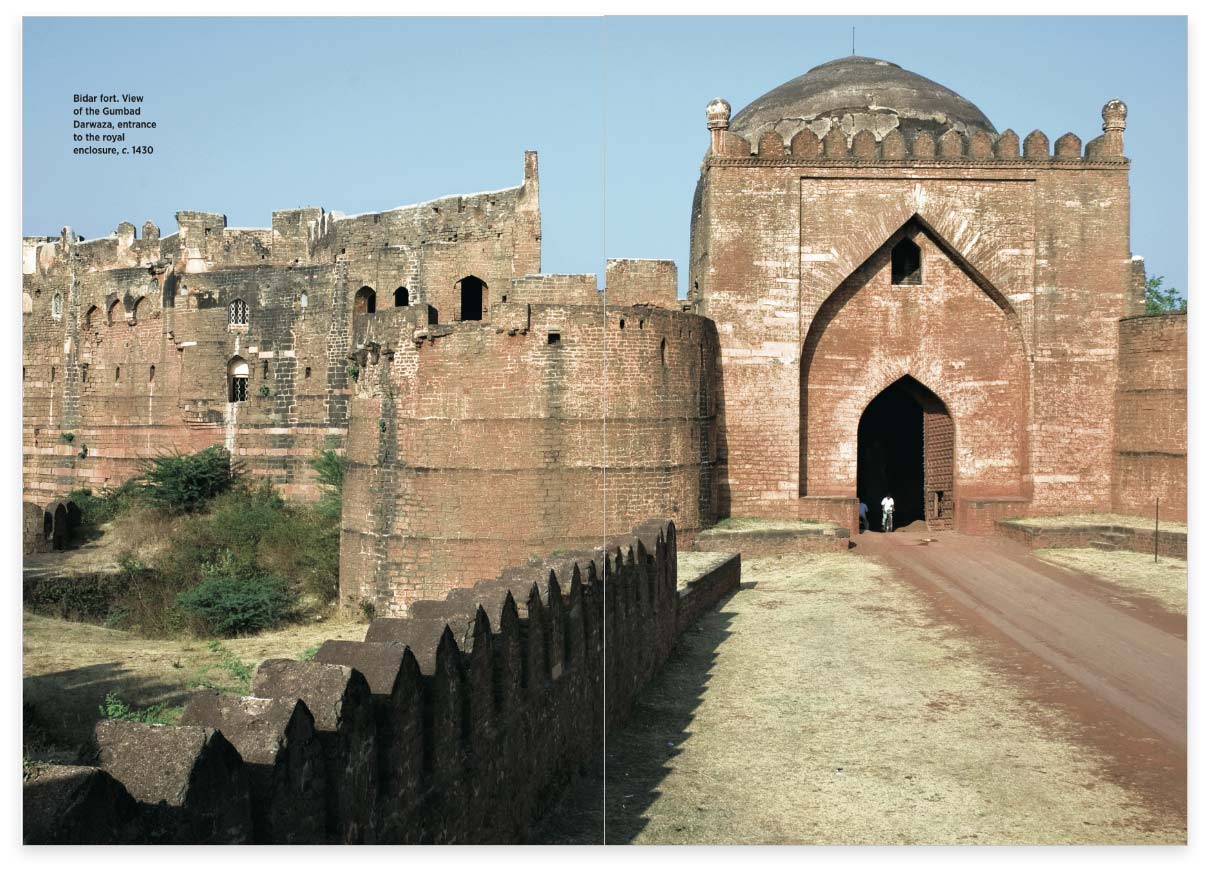Gulbarga, Bidar and Bijapur
Guidebooks
In Northern Karnataka, one can still witness the past glory of the Bahmani and Adil Shahi sultans. Throughout the fourteenth–seventeenth centuries, these sultans used the wealth they garnered from the rewarding trade routes which crossed the Deccan Plateau to invest in great artisans from across the country. The sultans had an open policy on immigration, welcoming anyone who wished to come to them from across India, the Middle East and Central Asia. The Bahmani sultans were replaced in part by the Adil Shahis at the turn of the sixteenth century, and the Mughal invasion of the Deccan Plateau put an end to their dynasty as well. However, the original architecture survives, a silent testament to the architectural prowess of men from across the subcontinent. Through the fortresses of Gulbarga and Bidar, Bijapur and Bidar’s grand audience halls and ornate residential apartments, the mosques and Sufi shrines in Gulbarga, and the unforgettably embellished royal tombs outside Bidar and Bijapur, they speak of a time we have forgotten in the humdrum of today’s world.
Details
Author(s)
Helen Philon
Helen Philon is an archaeologist, scholar and lifelong academic with an MPh in Pre-Islamic Art from the School of Oriental and African Studies, University of London; and wrote her PhD thesis on Bahmani architecture in the Deccan at the same institution. She has worked in the Middle East and South Asia, travelling extensively throughout these regions, and published a long list of works on architecture and ceramics.

















